

The "Incomparable" daffodil is known scientifically as Narcissus incomparabilis and the elegance of these daffodils is unparalleled. The heirloom Narcissus “Incomparable” has a subtle and refined petal/trumpet combination and a reliability as a perennial that we love. This is the single version of the "Butter and Eggs" - also called "Orange Phoenix" or even "Bacon and Eggs." Sometimes the overly large trumpets of some daffodils can be somewhat out of place in the garden. N. incomparabilis is never out of place in the garden.
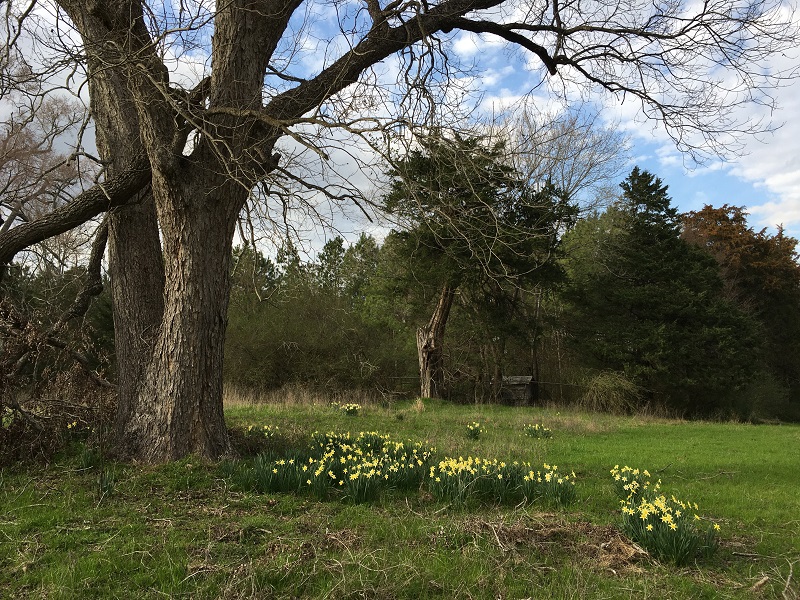
In some ways, it is the perfect blend of a reliable perennial heirloom Narcissus combined with the desired and romantic trumpet shape of a daffodil. They are often found in clumps around old house garden sites and under deciduous trees, like in the photo above.
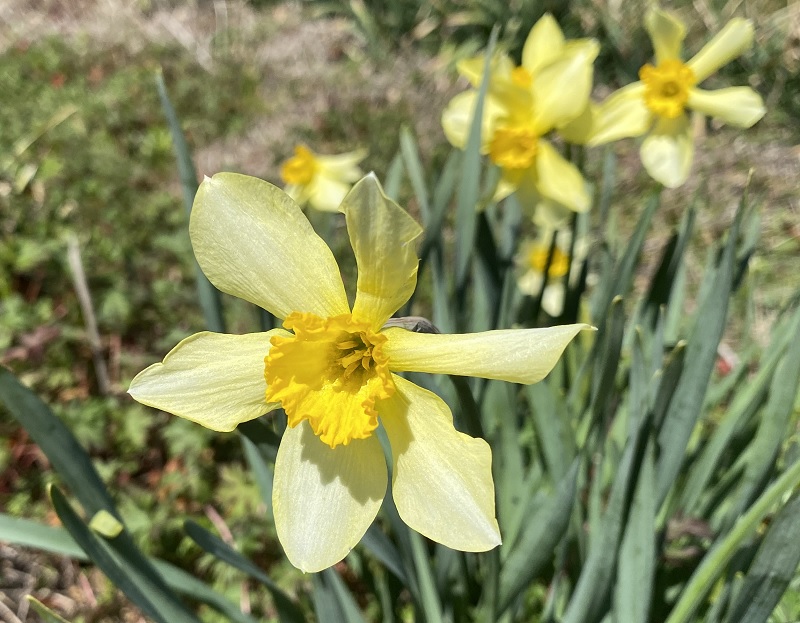
Bloom: N. incomparabilis is never out of place in the garden. This bloom combines the traditional trumpet characteristics of a daffodil with the more whimsical and romantic beauty of an unconventional flower. The petals on this daffodil seem to each float by themselves while tied together by the center trumpet. This gives the bloom an almost playful feel to it like children's excitement on the first warm day of spring. Rare might be a strong word, but we don’t see it as often as others and are always excited when we do.
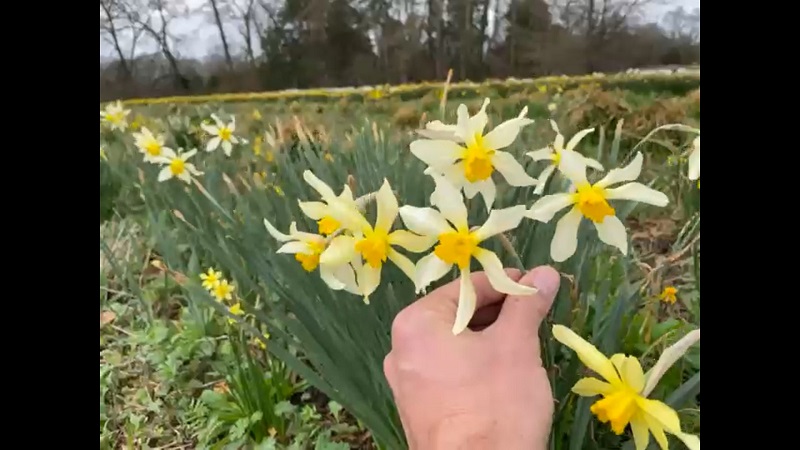
Bloom Time: The “Incomparable” daffodil is in full bloom this week, which is the first week of March. Since this bulb works best in zones 6-8, the beginning of March is usually late enough to protect it from the winter weather though it has stood the test of time to endure whatever nature brings. You can count on a longer bloom time with this bulb than many simply because it blooms during the temperate lull between a cold winter and the sometimes harsh spring rains. You can cut the blooms and bring them in for a lovely centerpiece as well.
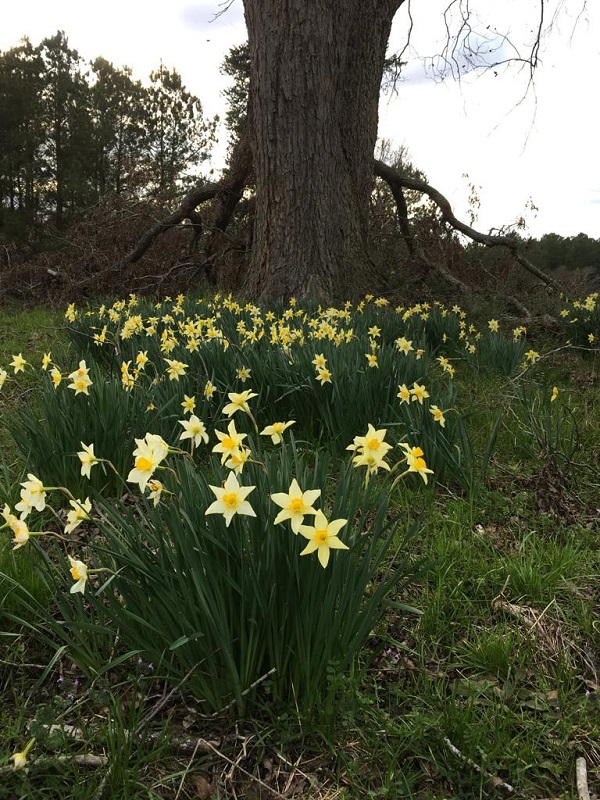
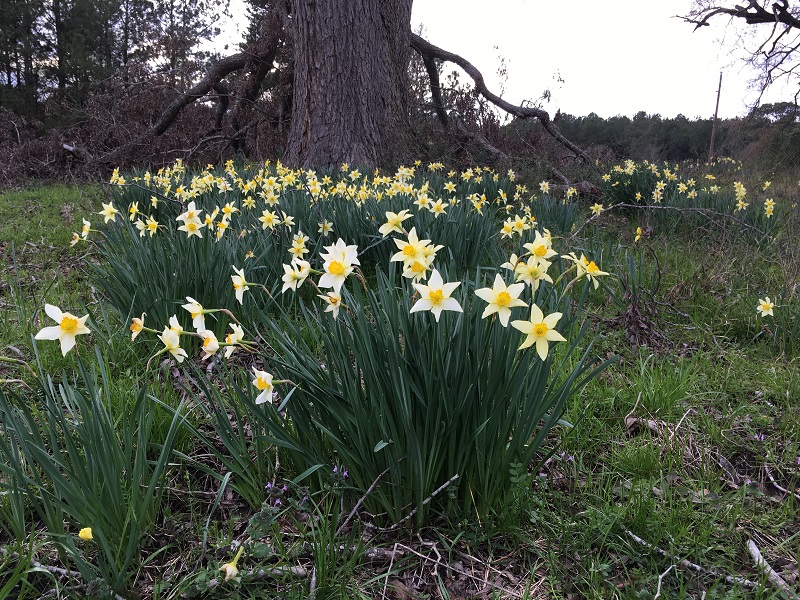
We’ve had some disappointed customers in San Antonio and Houston who would love to try this bulb, but if you are in Zones 6-8, you should definitely give this daffodil a try. It is worthy of cottage gardens, formal gardens, forgotten gardens, and your garden!
Plant the bulbs about 2-3 times the size of the bulb (so if the bulb is 1 inch long, plant it 2-3 inches deep). If you are farther north and get very cold during the winter, you may want to plant it about 4-6 inches deep. Space the holes about 3-6 inches apart, and for a more natural looking display, consider planting 2-3 bulbs in each hole.
The "Incomparable" daffodil is known scientifically as Narcissus incomparabilis and the elegance of these daffodils is unparalleled. The heirloom Narcissus “Incomparable” has a subtle and refined petal/trumpet combination and a reliability as a perennial that we love. This is the single version of the "Butter and Eggs" - also called "Orange Phoenix" or even "Bacon and Eggs." Sometimes the overly large trumpets of some daffodils can be somewhat out of place in the garden. N. incomparabilis is never out of place in the garden.

In some ways, it is the perfect blend of a reliable perennial heirloom Narcissus combined with the desired and romantic trumpet shape of a daffodil. They are often found in clumps around old house garden sites and under deciduous trees, like in the photo above.

Bloom: N. incomparabilis is never out of place in the garden. This bloom combines the traditional trumpet characteristics of a daffodil with the more whimsical and romantic beauty of an unconventional flower. The petals on this daffodil seem to each float by themselves while tied together by the center trumpet. This gives the bloom an almost playful feel to it like children's excitement on the first warm day of spring. Rare might be a strong word, but we don’t see it as often as others and are always excited when we do.

Bloom Time: The “Incomparable” daffodil is in full bloom this week, which is the first week of March. Since this bulb works best in zones 6-8, the beginning of March is usually late enough to protect it from the winter weather though it has stood the test of time to endure whatever nature brings. You can count on a longer bloom time with this bulb than many simply because it blooms during the temperate lull between a cold winter and the sometimes harsh spring rains. You can cut the blooms and bring them in for a lovely centerpiece as well.


We’ve had some disappointed customers in San Antonio and Houston who would love to try this bulb, but if you are in Zones 6-8, you should definitely give this daffodil a try. It is worthy of cottage gardens, formal gardens, forgotten gardens, and your garden!
Plant the bulbs about 2-3 times the size of the bulb (so if the bulb is 1 inch long, plant it 2-3 inches deep). If you are farther north and get very cold during the winter, you may want to plant it about 4-6 inches deep. Space the holes about 3-6 inches apart, and for a more natural looking display, consider planting 2-3 bulbs in each hole.